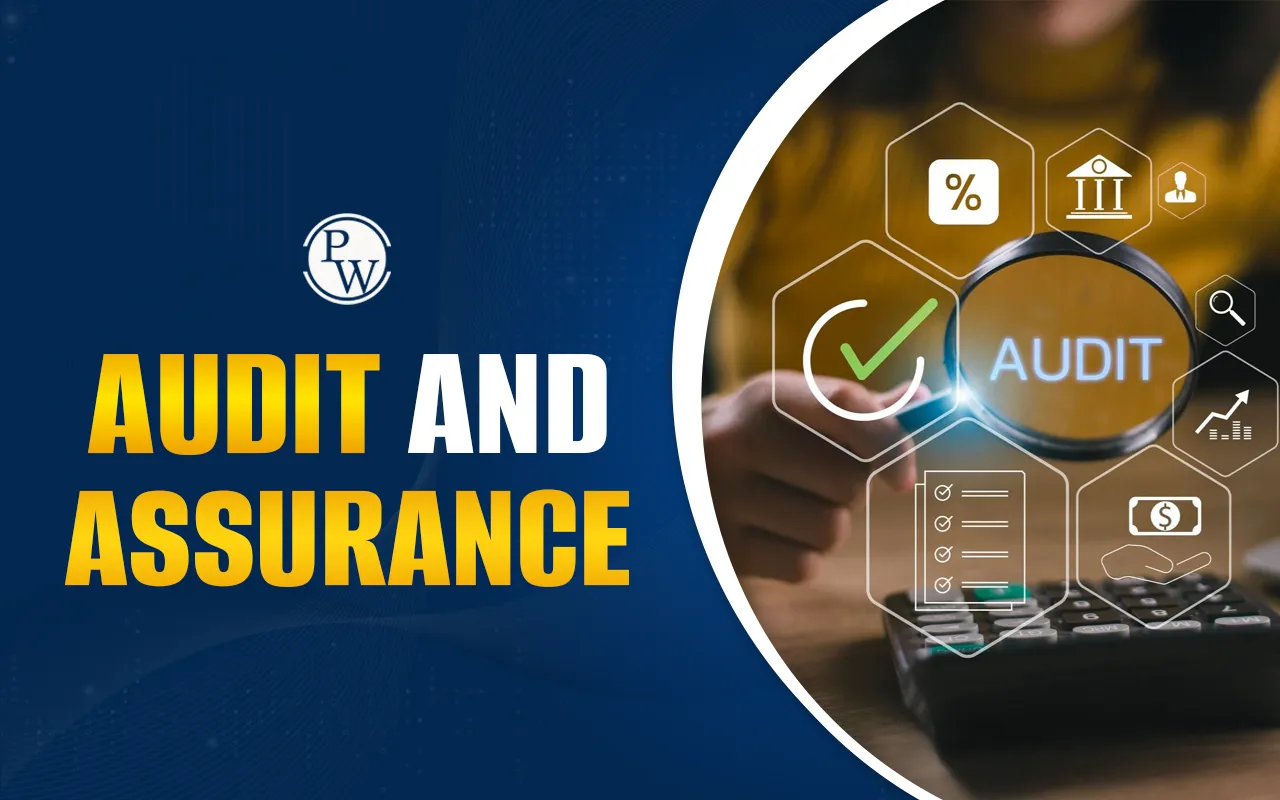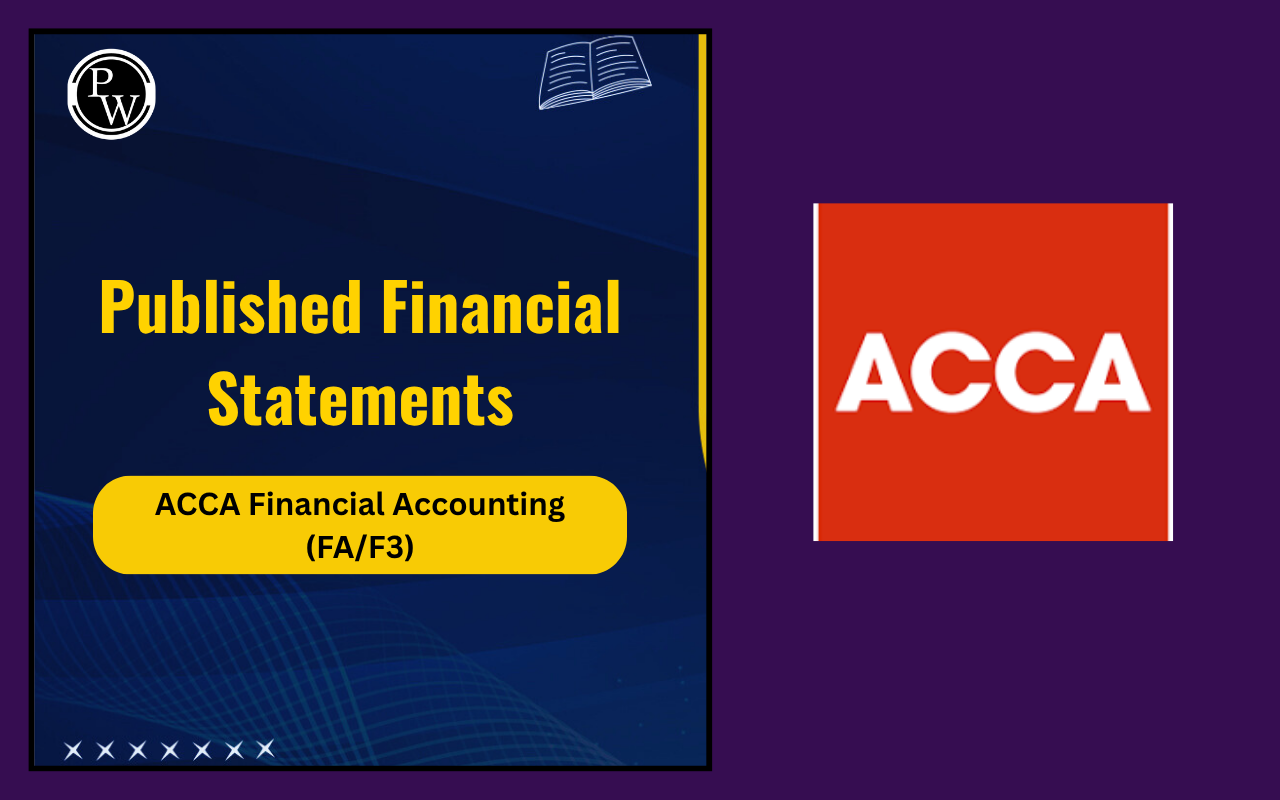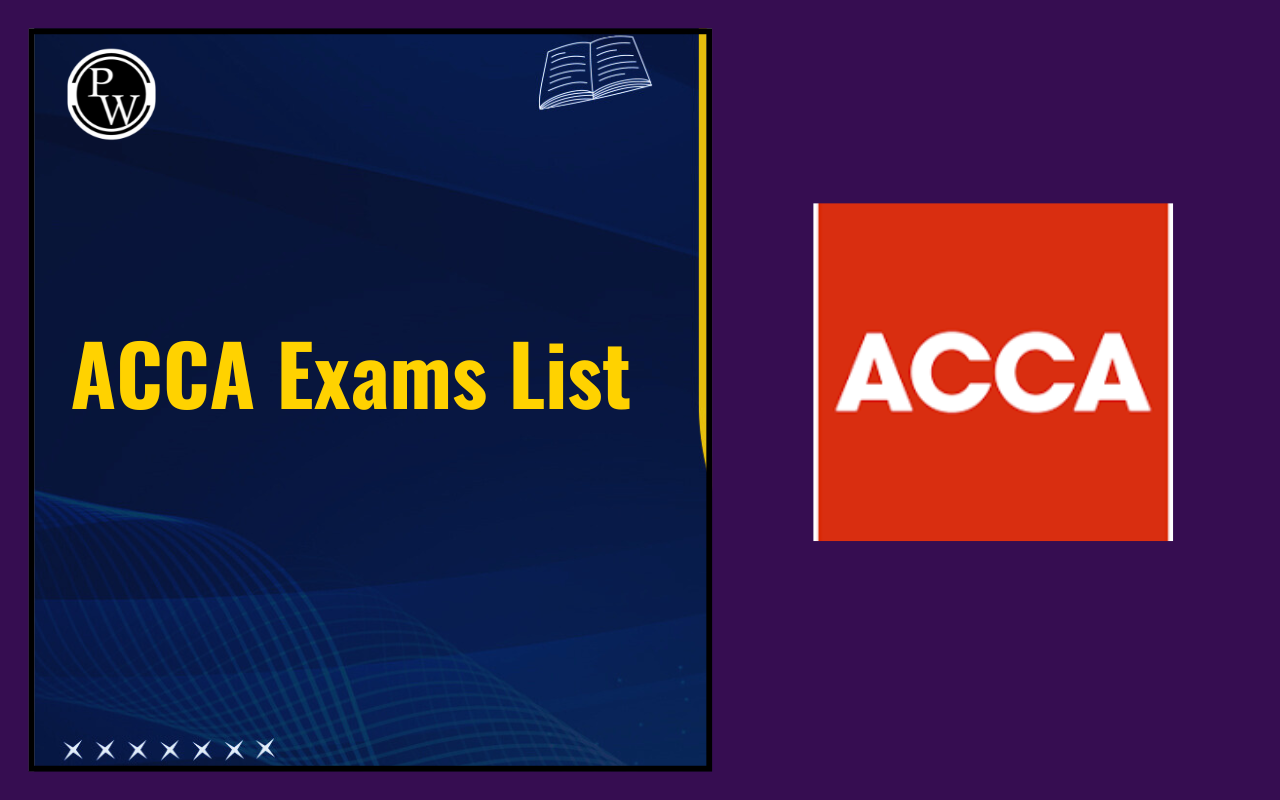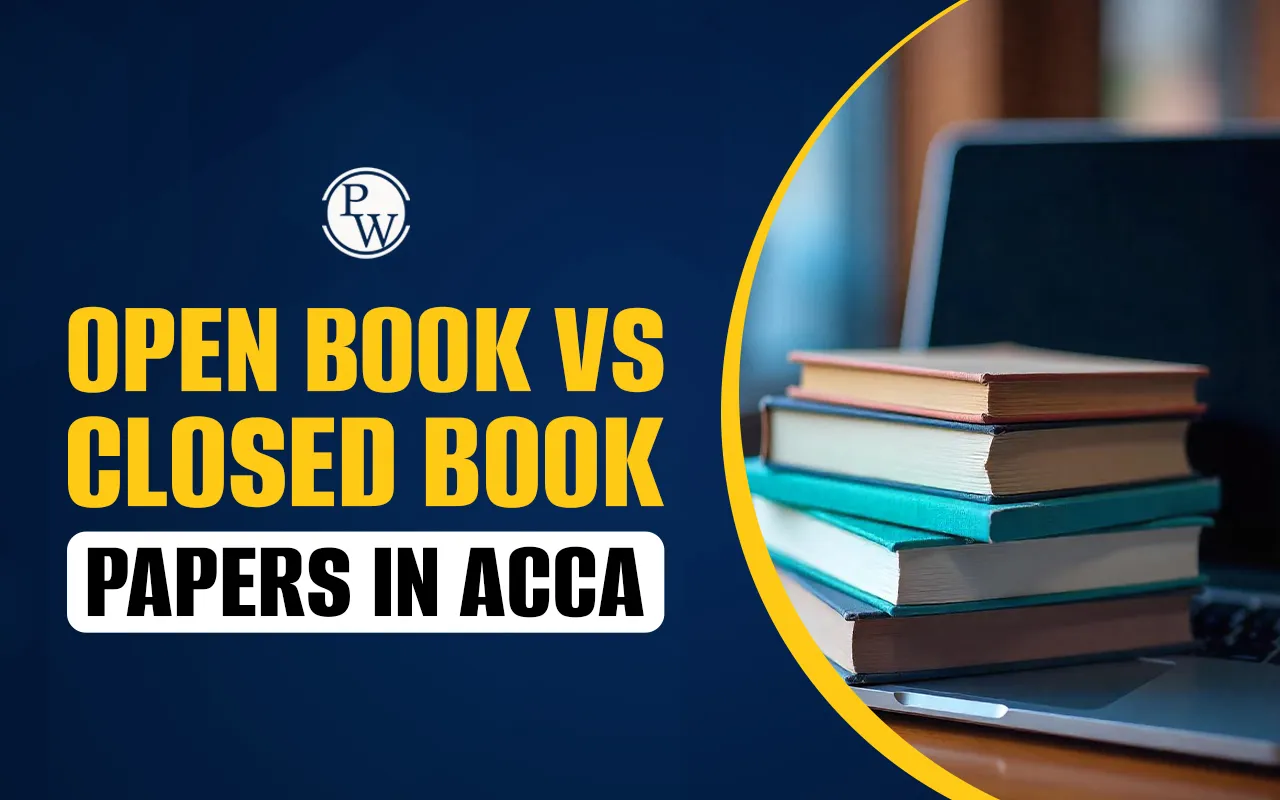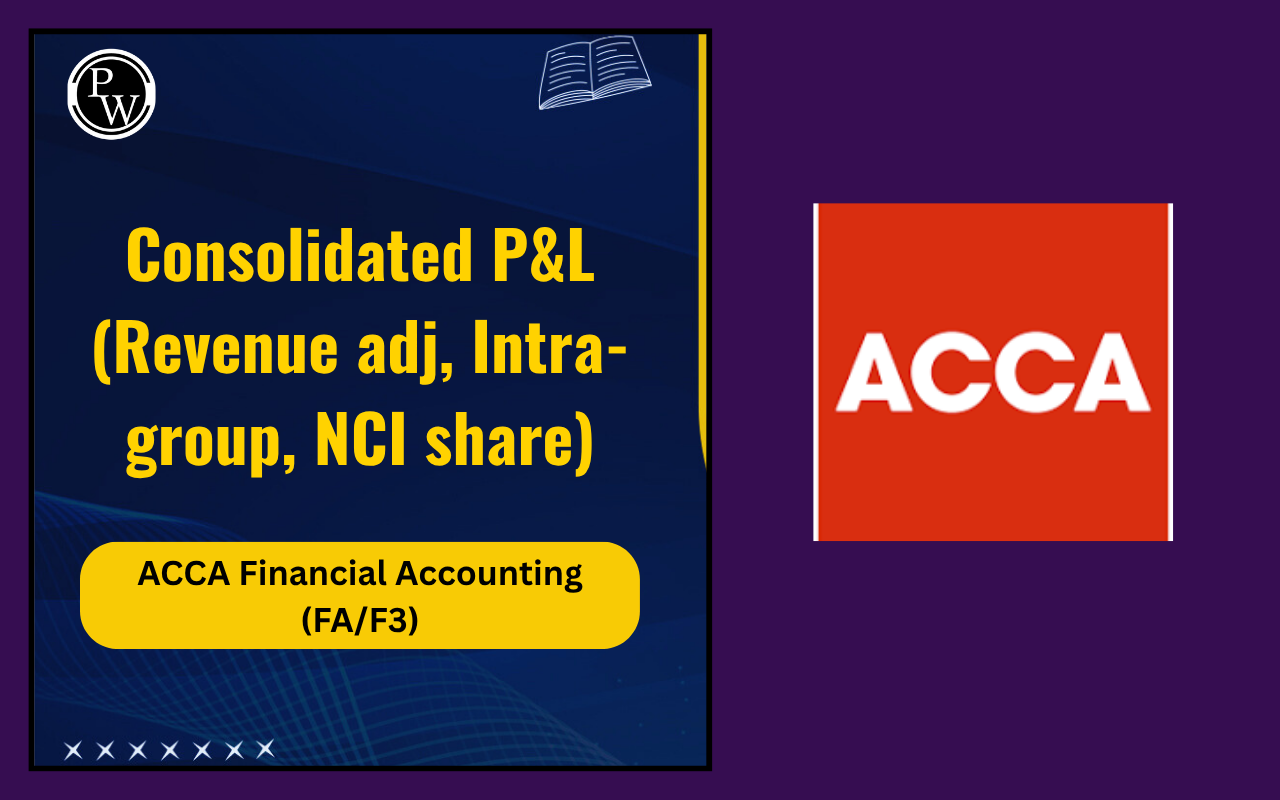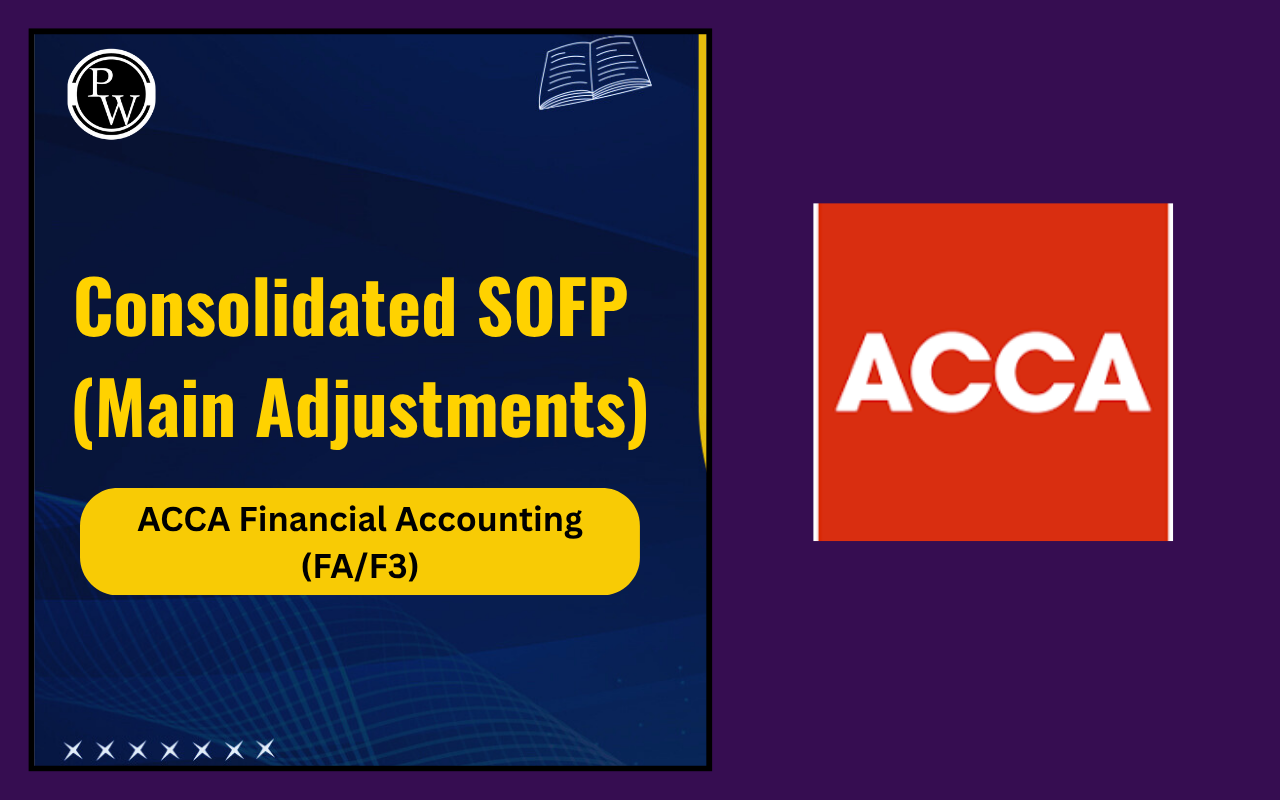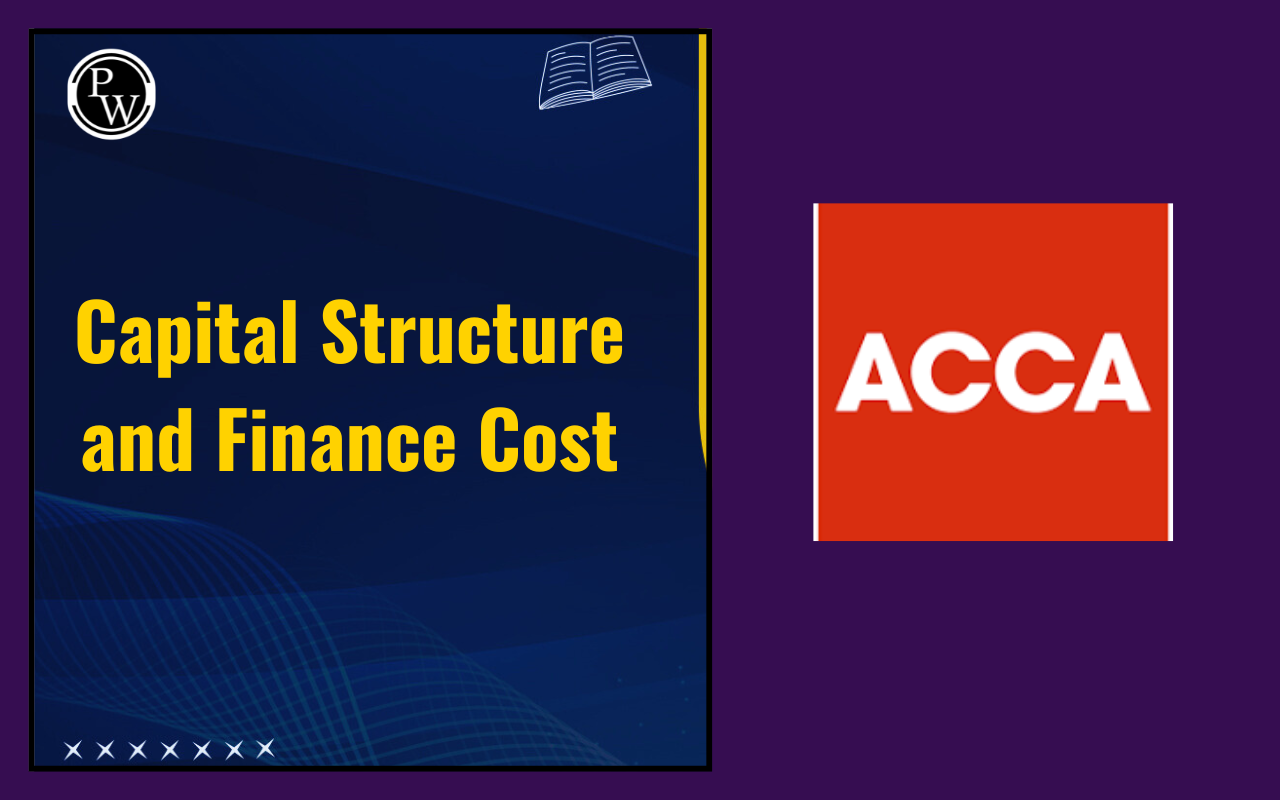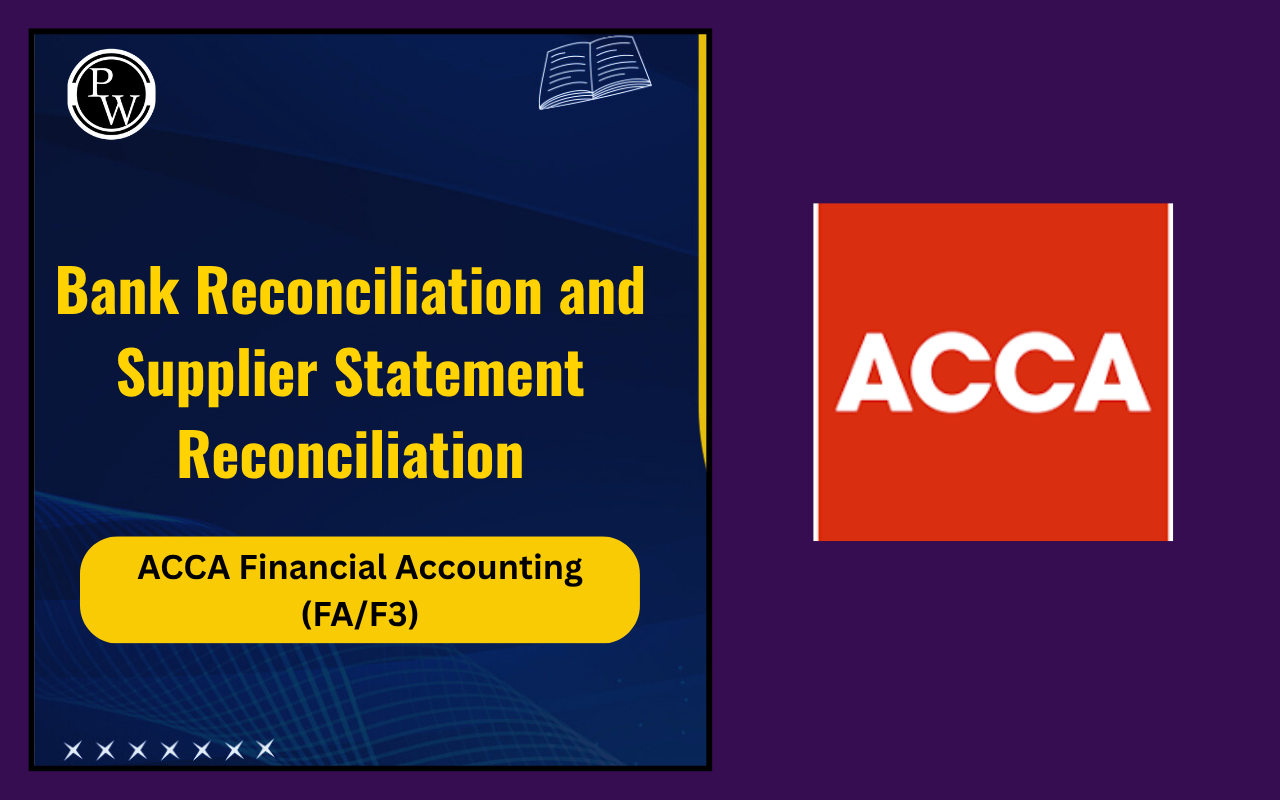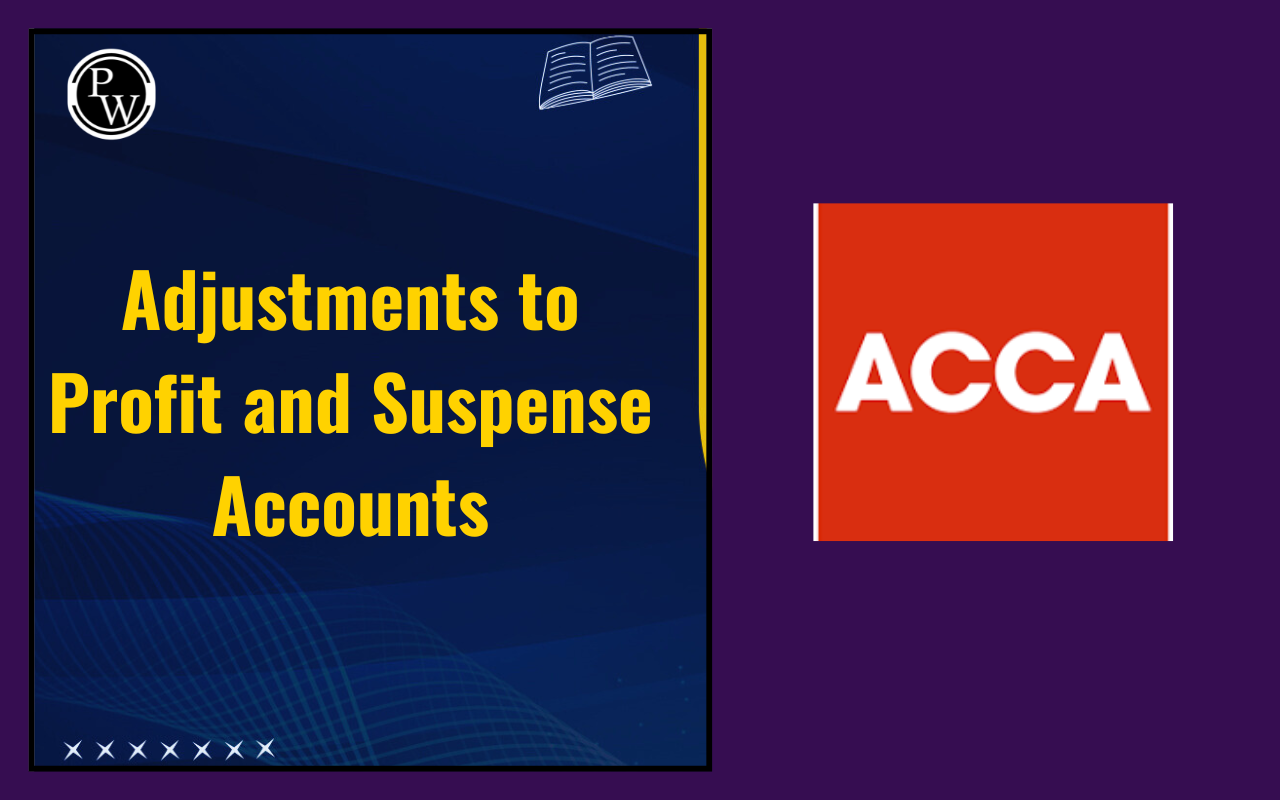
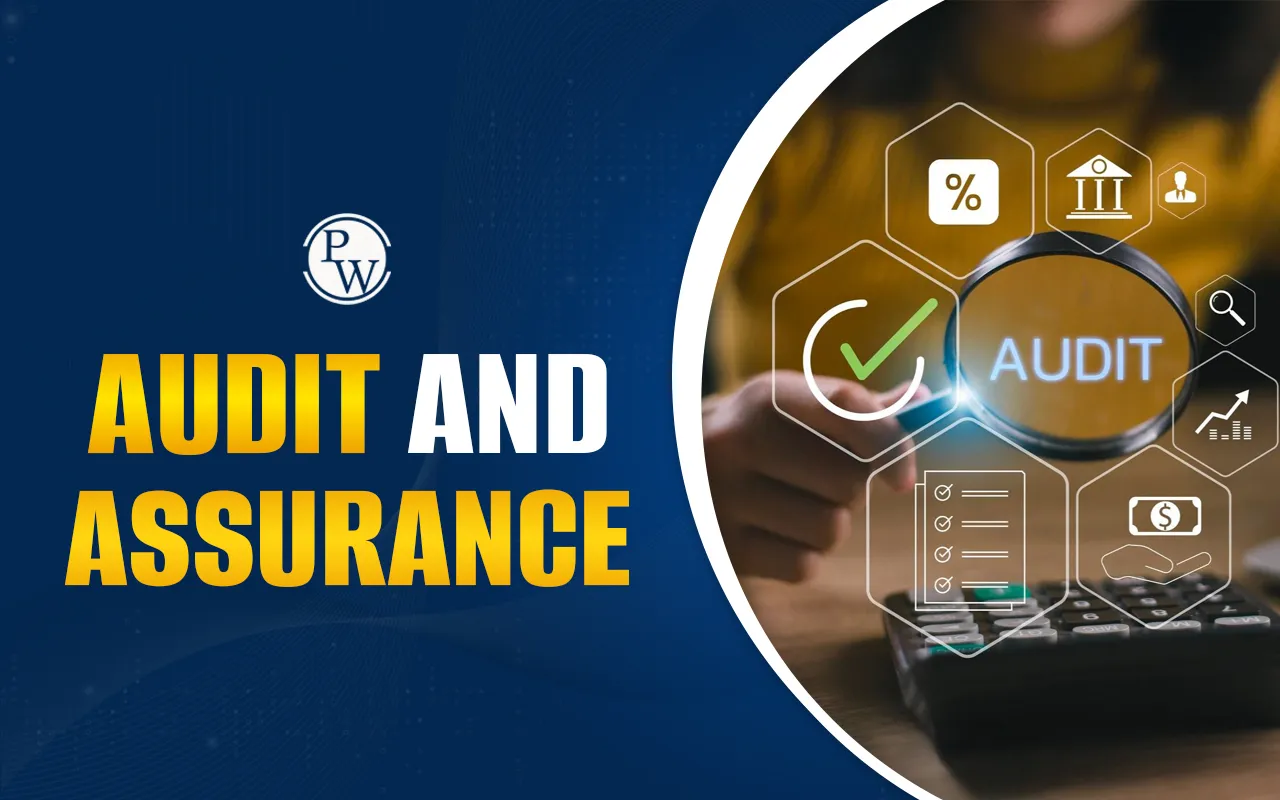
Audit and Assurance: Understanding the roles of audit and assurance is essential for any organisation aiming to maintain transparency and regulatory compliance in its financial practices. These processes are essential in validating financial data and highlighting areas that require improvement. Professionals in finance or management positions must recognise when and how to apply each process to significantly enhance the integrity and reliability of a company’s financial reporting.
Besides professional applications, audit and assurance are crucial aspects of ACCA preparation. It is a crucial paper on Applied Skill level, now modified as Expertise Level. Mastering the principles of audit and assurance not only supports exam success but also builds a practical foundation for real-world financial oversight.
Audit and Assurance ACCA Important Topics
The Audit and Assurance paper in the ACCA qualification plays a vital role in developing a strong understanding of the principles and practices of auditing in a professional environment. It focuses on equipping students with the knowledge required to evaluate the integrity of financial statements, understand the audit process, assess risks, and ensure compliance with relevant laws and standards.
Here are the key topics covered in the ACCA audit and assurance syllabus:
| Audit and Assurance ACCA Important Topics | ||
| Chapter | Title | Topics/Subtopics |
| A | Audit Framework and Regulation | The concept of audit and other assurance engagements |
| External audits | ||
| Corporate governance | ||
| Professional ethics and ACCA’s Code of Ethics and Conduct | ||
| B | Planning and Risk Assessment | Obtaining, accepting and continuing audit engagements |
| Objective and general principles | ||
| Assessing audit risks | ||
| Understanding the entity and reporting framework | ||
| Fraud, laws and regulations | ||
| Audit planning and documentation | ||
| C | Internal Control | Systems of internal control |
| Auditor use of internal control | ||
| Tests of controls | ||
| Communication on internal control | ||
| Internal audit & governance | ||
| Internal audit scope, outsourcing, assignments | ||
| D | Audit Evidence | Assertions and audit evidence |
| Audit procedures | ||
| Sampling and testing | ||
| Audit of specific items | ||
| Automated tools and techniques | ||
| Work of others | ||
| Not-for-profit organisations | ||
| E | Review and Reporting | Subsequent events |
| Going concern | ||
| Written representations | ||
| Audit finalisation | ||
| Independent Auditor’s Report | ||
| F | Employability and Technology Skills | Use technology to access/manipulate information |
| Respond using workplace-relevant tools | ||
| Navigate and edit on-screen | ||
| Present data effectively | ||
What is Audit?
Audit is a systematic evaluation of a company’s financial data to verify its accuracy and ensure it reflects the organisation’s actual financial activities. This process helps establish credibility and transparency in financial reporting. Depending on who performs the audit, it can fall into any of the following types:
-
Internal audits conducted by the company’s own accounting team.
-
External audits performed by independent certified professionals.
-
Government-led audits, carried out to assess tax compliance.
For effective audit, the following documents are necessary:
-
Income statement, which outlines revenues and expenditures over a period
-
Cash flow statement, which summarises inflows and outflows of cash
-
Balance sheet, which presents the organisation’s assets, liabilities, and equity at a specific moment.
Internal audits are typically conducted for internal oversight. However, external and governmental audits often form part of a wider set of assurance services aimed at stakeholders outside the business.
Also Check: Performance Management ACCA 2025
What is Assurance?
Assurance aims at assessing the underlying processes and controls that shape an organisation’s financial reporting. By doing so, assurance helps instil trust among stakeholders, ensuring that the financial data presented is both dependable and transparent. Unlike audits, which majorly focus on the financial statements, assurance takes a wider view and evaluates how those figures are generated.
This form of assessment may involve analysing internal controls, reviewing IT infrastructure, understanding management practices, and gathering insights from employee input. Investors and other external parties often rely on assurance services to better understand whether the business operates sustainably, adheres to sound practices, and maintains consistency in its reporting standards.
Differences Between Audit and Assurance
Both audit and assurance processes are designed to enhance the credibility of financial data. However, they differ significantly in scope, purpose, and execution. An audit offers a detailed evaluation of financial statements to detect inaccuracies or potential misconduct. In contrast, assurance focuses on the processes and the details behind the data, aiming to instil confidence in the integrity of business operations.
Here are the key differences between audit and assurance:
| Difference Between Audit and Assurance | |
| Audit | Assurance |
| Involves a thorough evaluation of financial statements, including income statements, balance sheets, and cash flow reports to verify their accuracy. | Focuses on reviewing internal processes, controls, and systems that contribute to the preparation of financial and non-financial information. |
| Aims to detect errors, misstatements, or fraudulent activity in financial records and ensure compliance with accounting standards and legal frameworks. | Seeks to build confidence among stakeholders by validating the reliability and integrity of information and operational processes. |
| Usually conducted as a primary evaluation step, often annually, to meet statutory requirements. | Generally carried out after an audit to offer further assurance on specific information or processes based on stakeholder needs. |
| Governed by strict regulatory frameworks and international auditing standards such as ISA (International Standards on Auditing). | May follow agreed-upon procedures or specific terms defined by the engagement, with more flexibility in approach and coverage. |
| Auditors are granted full access to an organisation’s financial data and documents to carry out a comprehensive review. | Assurance providers often have restricted access and are limited to specific systems, processes, or datasets outlined in the assurance engagement. |
| Requires more time, manpower, and documentation due to the depth of analysis and regulatory requirements involved. | Requires less resources as it focuses on particular areas without the extensive documentation and audit trail. |
| Results are relevant to a broad range of stakeholders including shareholders, regulators, creditors, and company management. | Results are usually intended for a specific group of stakeholders who require clarity on certain aspects of business operations or performance. |
| Results in an audit report that highlights whether the financial statements give a true and fair view and points out any material discrepancies. | Provides assurance reports that reinforce trust in the validity and completeness of the information reviewed, aiding better decision-making. |
| Also Check: |
| Irrecoverable Debts and Allowances for Recoverables |
| Taxation Examiner Report |
| How to Attempt ACCA MCQs Smartly for Maximum Marks? |
| Can You Finish ACCA in Two Years? |
Audit and Assurance FAQs
What is the meaning of audit and assurance?
What does audit and assurance involve?
Is there a difference between audit and assurance?
What is the assurance role?

